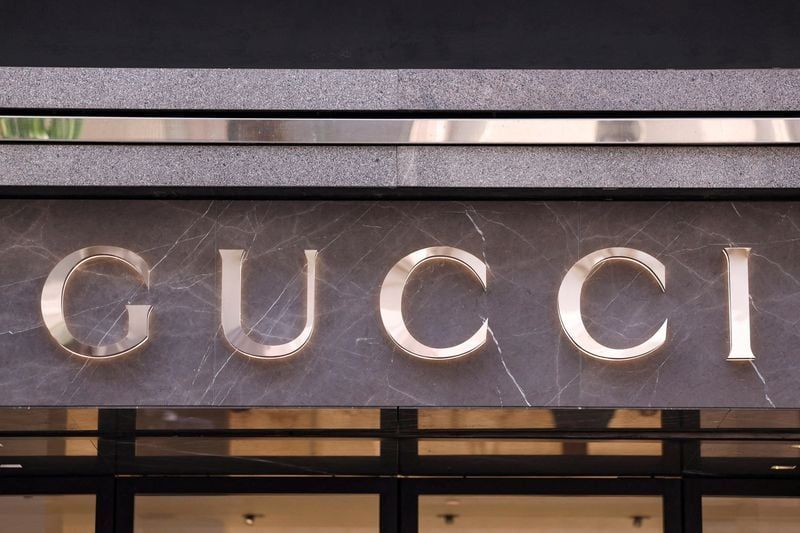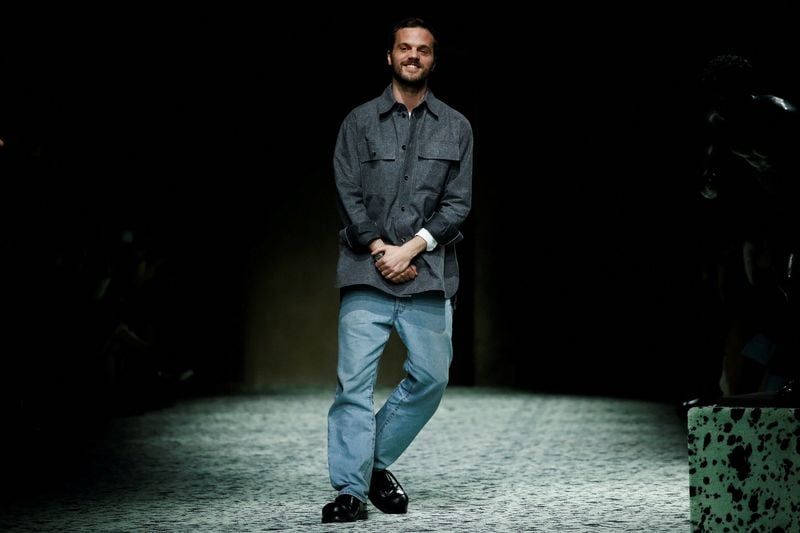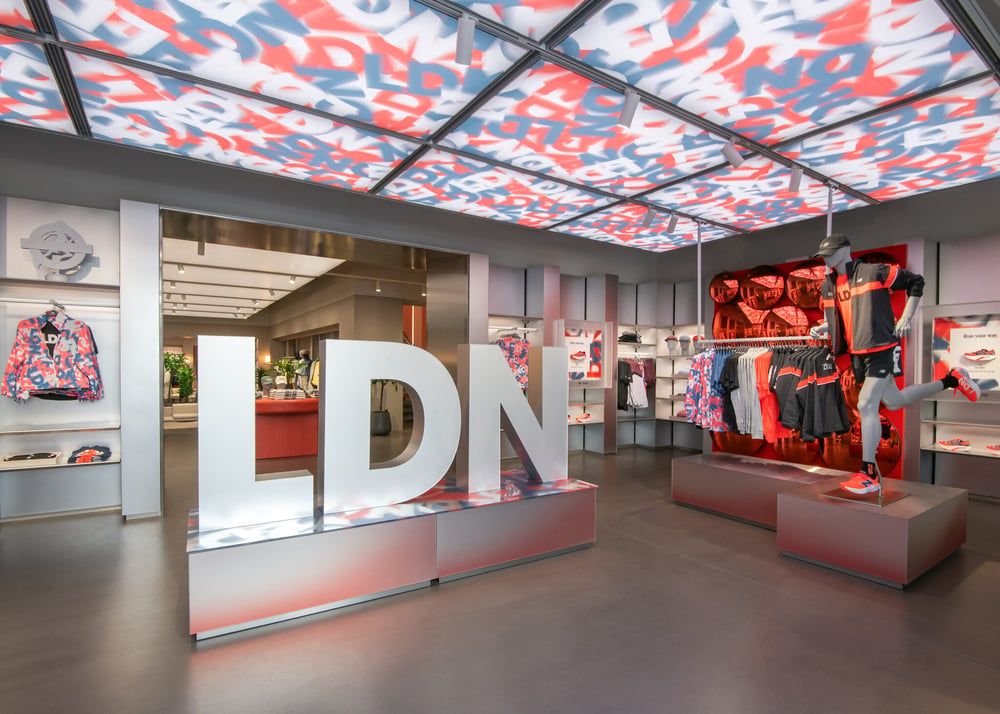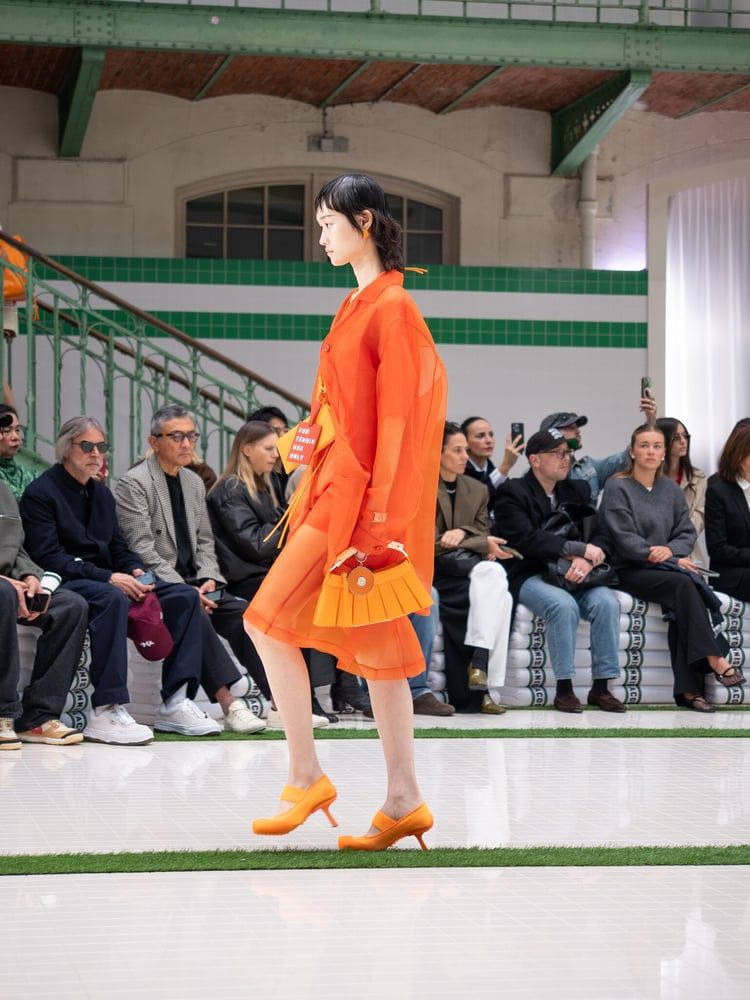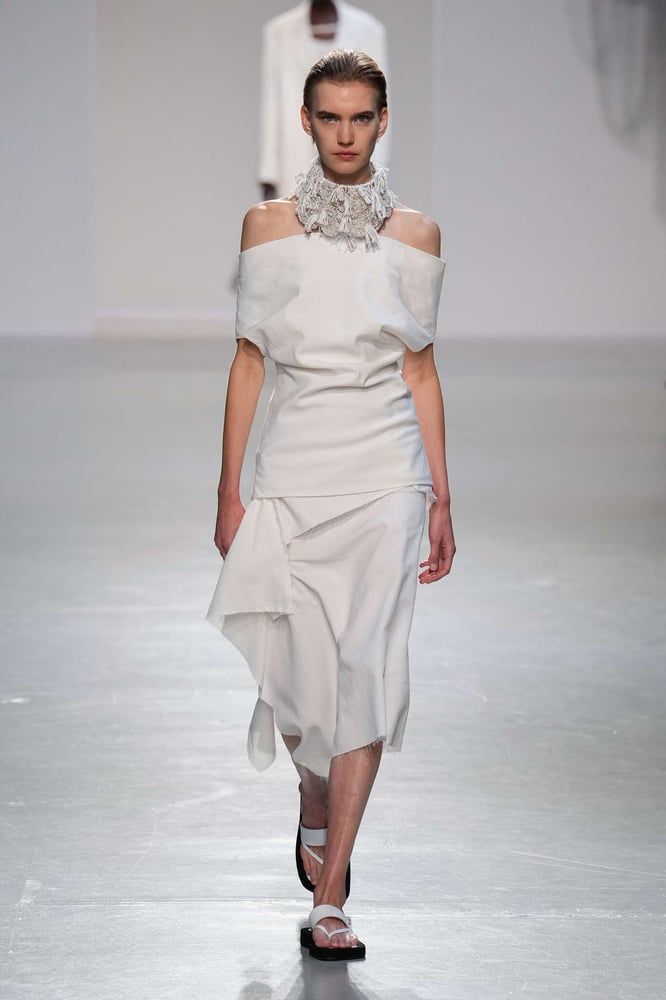French fashion sales dip as ultra-fast fashion and second-hand platforms disrupt market

As the price gap continues to widen between the mid-market and entry-level segments, fashion retailers in France have observed a decline in their online sales since the start of the year. This trend is highlighted by the latest retailer panel and consumer barometer published by the Institut Français de la Mode (IFM), coinciding with the release of France’s mid-year e-commerce figures. Overall, fashion retail contracted by 0.9% over the first seven months of 2025. A 1.4% decline in physical retail was not adequately offset by the modest 0.8% growth in online sales, presenting a contrast to 2024 when online fashion sales rose by 1.7% and physical sales saw a 0.7% decrease, leading to an overall clothing retail growth of just 0.1%.
Following a period of significant acceleration in 2020 and 2021, online clothing sales experienced a "reflux," as described by Fevad (the e-commerce federation), from the second half of 2021 through the first half of 2024. Despite this recent deceleration, online clothing sales between January and July 2025 remained 9% higher than in the corresponding period of 2019, indicating a sustained long-term shift in consumer habits towards digital channels.
In 2025, the IFM launched a new barometer, surveying 1,250 French consumers monthly, to provide a comprehensive snapshot of purchasing behavior. While still new, the tool has already identified the leading platforms by volume of clothing purchases in the first half of 2025. Vinted emerged as the top platform (in-store or online), followed by Kiabi, Amazon, Decathlon, and Shein. Other notable players in the ranking include H&M, Galeries Lafayette, Bershka, Adidas, Carrefour, Intersport, E.Leclerc, Zara, Auchan, and Temu. Gildas Minvielle, director of IFM’s Economic Observatory, noted, "We can therefore see that sport, ultra-fast fashion and the major platforms are strongly represented in this ranking. This is also true of hypermarkets and supermarkets, which remain important even though their share of clothing sales is lower than it was twenty years ago."
The IFM's consumer survey also provided insights into average purchase price levels per platform. Ultra-fast fashion giants Shein and Temu recorded average purchase prices of 9 euros each, closely followed by Kiabi (13 euros) and Vinted (14 euros). Hypermarkets such as Carrefour (16 euros) and E.Leclerc (17 euros) also featured competitive price points. Data from the retailer panel further illustrated that mass-market chains like Kiabi and Gémo displayed greater resilience in the first half of the year (with Gémo showing +0.6% in physical and +10.7% in online sales), outperforming specialist chains such as H&M, Zara, and Celio (which saw -1% in physical and -0.6% in online sales). Minvielle summarized the situation: "The gap between the mid-market and the entry level is widening. And some long-established players are finding it very difficult to position themselves against an entry-level segment where prices are lower than before because of ultra-fast fashion and, in part, second-hand." IFM estimates that Shein and Temu collectively account for 16% of online fashion purchase volumes and 5% of total fashion purchases across all channels.
Regarding overall clothing purchases, 30.7% of spending now occurs online, a figure closely approaching the 34.9% spent during sales and promotional periods. Additionally, second-hand sites have captured a significant 11.9% of fashion purchases, highlighting their growing prominence in the market.
These diverse purchasing modes reveal marked disparities across generations. The share of online sales rises to 34.7% among 18-to 34-year-olds, significantly higher than the 22.5% among those aged 55 and older. Second-hand purchases account for 17.8% among 18-24-year-olds, compared to a mere 4.8% for individuals aged 55 and above. Conversely, older consumers (55+) make 35.8% of their purchases during sales and promotions, while this share drops to 31.9% among 18-34-year-olds, who are now more likely to spend online than to buy during traditional discount periods. This shift is potentially amplified by the continuous influx of new players offering already very low prices.
Delving deeper into online fashion purchases, IFM figures indicate that multibrand platforms like Amazon and Zalando dominate, capturing 47% of the market. Brand and retailer sites are not far behind, securing 35% of online sales, while specialist second-hand platforms such as Vinted and Vestiaire Collective account for the remaining 18%. While both men and women buy in equal proportion on multibrand platforms, consumer surveys show a notable gender divergence in second-hand purchasing: 21% of women’s purchases are made on second-hand platforms, compared to 15% for men. Men, conversely, direct a larger 38% of their spending directly to brand and retailer sites. This suggests that female consumers are generally more comfortable with second-hand options, while simultaneously indicating untapped potential for growth within the men’s second-hand segment.





